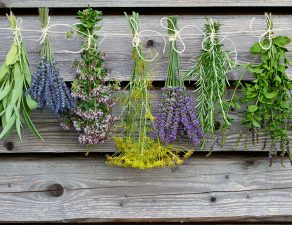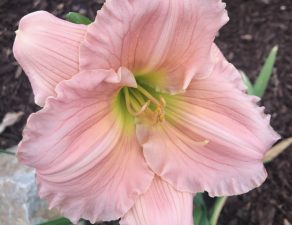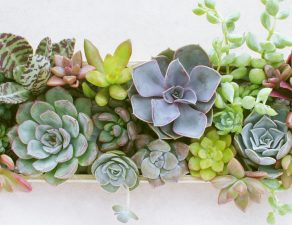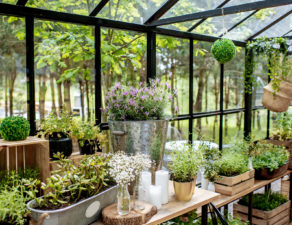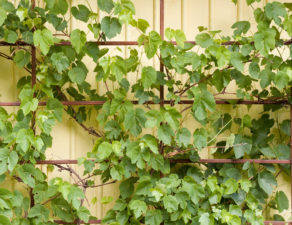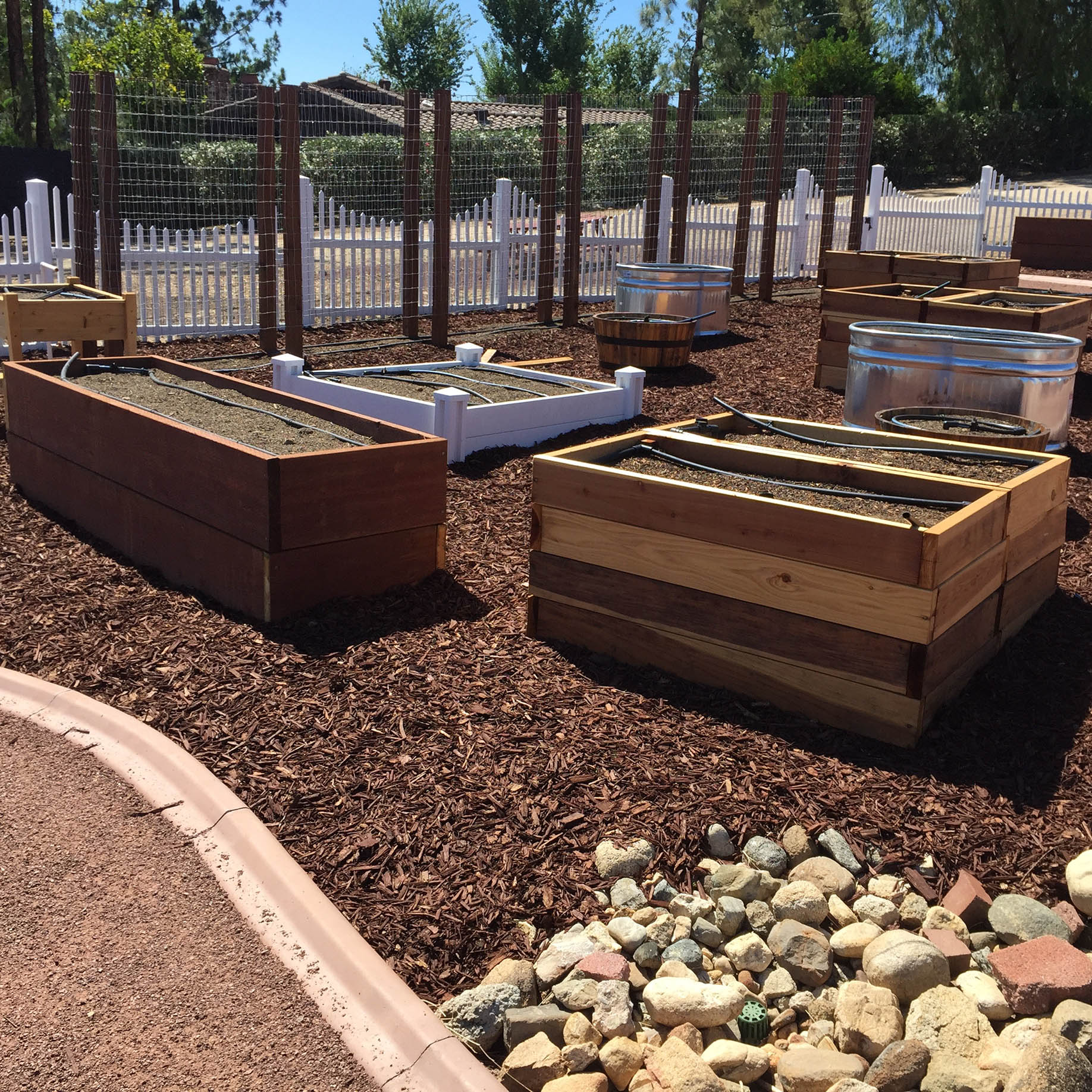
Growing your own vegetables will give you access to fresh, affordable produce (and organic if you prefer). Vegetable gardens also serve as terrific educational tools for children and can save you money at the grocery store. But first, you need to establish a spot for your vegetable garden.
Raised beds offer the convenience of simply adding a garden to your yard, without having to plow up the soil and start from scratch. Simply build your bed, fill with the appropriate soil, and start planting! These beds can also add an attractive design element to your landscaping if you prefer. Let’s review some popular methods of building raised beds.
Stone beds:
If you choose to build your raised beds out of stone, you will add a permanent, practically indestructible landscape element to your yard. Stone beds are attractive and will blend with any type of landscape or architecture style. Of course, the downside of stone beds is the higher expense and labor.
Wood beds:
You could also build your own raised beds from lumber, which will allow you to customize the size and depth of your beds. Use treated lumber and you can expect your beds to last about ten years before they need repair. Consider your needs carefully when selecting a depth for your beds; taller walls can allow for easier gardening (for those with sore backs) and keep small children out of the vegetable garden. Some plants, also, require deeper soil.
Polypropylene plastic beds:
These UV-stable plastic gardening walls come with interlocking edges, so all you do is select the sizes you need, lock them together, and create your own customized rectangular or square raised beds. These materials are available in a variety of colors, too, if you want to add a pop of color to your landscape.
Purchase raised bed containers:
If construction projects aren’t your thing, you can always utilize pre-made raised bed containers. Tall horse troughs are a popular choice (and you can add legs to the bottom if you want to bring up the height). Garden supply manufacturers also offer a variety of tiered planters for those with limited gardening space, which often work perfectly for plants like herbs and lettuce.
Trellises:
Consider adding a trellis to your raised bed, to take advantage of vertical space. Some vegetables, like peas and gourds, prefer to grow up a trellis structure.
The creative approach:
If it holds soil, you can probably use it as a creative raised bed. Shop around at your favorite thrift stores, or peruse online marketplaces, to see what kind of interesting planters you can create. You could benefit the earth by reusing items that might otherwise be thrown away. Just know that some materials will degrade faster than others, so depending on your choice, you might need to replace your raised beds in a few years.
Add a seat:
Adding seats to your raised beds will cut back on the amount of stooping and bending you need to do, and probably save your back from some “wear and tear”.
For more information on adding raised vegetable beds to your existing landscape, give us a call. We can offer advice on the pros and cons of various materials, and help with installation if necessary.


